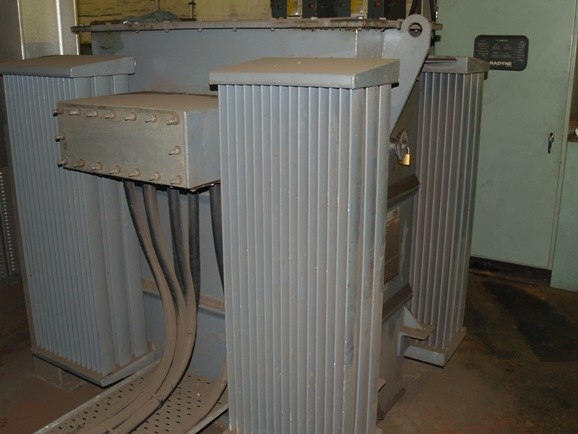Our Italian Intern Marta Vignola follows up on her post ‘What are PCBs?’, with this post on treatment options.
Traditional PCB treatments are typically incineration and thermal desorption. These treatments are very effective but they are characterized by high costs and high energetic consumption. Therefore decontamination of PCBs contaminated soil is seldom applied and treatments are commonly reduced to just a confinement of contaminated matter (e.g. sending to landfill).

The high chemical stability, super hydrophobicity and toxicity of PCBs make them some of the most serious and persistent environmental pollutants. It is somewhat surprising therefore that many microbes and enrichment cultures are able to metabolize and utilize PCBs as carbon and/or energy sources under aerobic or anaerobic conditions. As a general rule, highly chlorinated congeners (which are highly stable and highly hydrophobic) are good substrates for anaerobic degradation, while lower chlorinated ones are, in turn, poor substrates for anaerobic dechlorination, but are good substrates for aerobic degradation, in which they act primarily as electron acceptor.
The complete aerobic mineralisation of a PCB mixture requires the presence of at least 3 complex microbial networks. This aerobic degradation process involves only the lower chlorinated PCBs congeners (the ones with at least 4 chlorines).
The anaerobic degradation of PCBs is possible via chlororespiration. Chlororespiration is a progressive process that converts higher chlorinated congeners (extremely toxic) into lower chlorinated ones (good substrates for aerobic degradation), by the progressive elimination of chlorine atoms; the initial molecule is not completely mineralised, but bioconverted. The two aforementioned degradation processes (anaerobic and aerobic) are evidently complementary. They might be combined in integrated anaerobic/aerobic processes in order to achieve an optimal PCB removal from a contaminated site. These processes might play a very important role in the in situ treatments of PCB contaminated sites, but they need to be stimulated in order to enhance the degradation rate.
A way to stimulate the process is by the addition of low amount of H2: H2 was shown to serve as an electron donor for a specific PCB-dechlorinator.
Another way studied to enhance microbial dechlorination activity was the addition of sources of carbon and electrons for growth: anaerobic PCB dechlorination is a reductive process that presumably uses PCBs as electron acceptors, but does not use the molecule as carbon or energy source.
The enhancement of the dechlorinating activity is deeply affected by the physiology of the indigenous microflora and the nutritional conditions of a given environment, thus biostimulations strategies should be tested for each given site.
Unfortunately only few examples of remediation of PCBs contaminated sites are available. PCBs are still very challenging to treat that’s why research is putting many efforts in finding economically and environmentally sustainable technologies to treat these harmful and dangerous compounds.
The Author
Marta Vignola is an Italian Environmental Engineer who specialises in biotechnological treatment of wastes and wastewater.
Marta conducted her experimental Master thesis work in the laboratories of industrial and environmental biotechnology at the Faculty of Engineering of the University of Bologna working on a project addressed to optimize the use of Fe zero valent in the anaerobic reductive dechlorination of PCBs occurring in a marine contaminated sediments.
Marta is currently working as a trainee remediation engineer at Soilutions Ltd on projects dealing with remediation of contaminated sites.
2021
Soil remediation guide
Approaching soil remediation without any prior knowledge can be difficult and uncomfortable at times, especially when it can potentially be very costly. This free eBook will help you understand the whats, the whys and the hows of soil remediation in the simplest terms.



